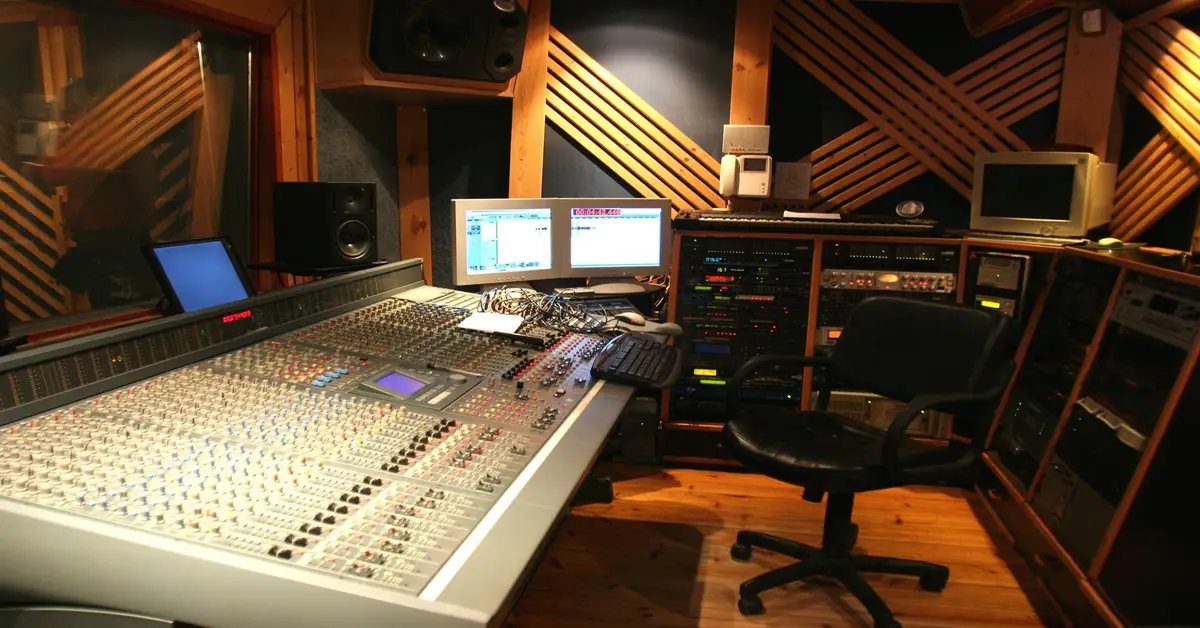The era of music-making and production changed after the introduction of AI technology, which led to a revolution. No,w via the use of AI technologies, many processes that include composition, mixing, and automation can be done without human help. AI understands theory, arrangement, and sound production at an unmatched level.
The Evolution of AI in Music
The path of AI in music started with algorithmic compositions and reached a stage of high-tech machines capable of creating full-fledged compositions. Today, AI tools in music work in a similar way to virtual slots in a mixing console, each contributing a specific value to the overall composition. AI machines scan enormous databases of stored compositions to comprehend their harmonies, rhythmic structures, and patterns and thus produce compositions that sound surprisingly real.
The use of machine learning in audio workstations changed the face of production forever. AI plugins can now undertake jobs that involve a lot of work, starting with drum programming and extending to vocal tuning. AI tools have democratized production, and producers with little technical expertise can produce high-professional output.
The Producer’s New Toolkit
The role of AI reaches into mixing and mastering, with smart algorithms capable of processing audio in real-time, subtly changing frequency balance, dynamics, and positioning in three-dimensional space. This creates cleaner, even productions, even in home studios.
Creative Implications and Industry Impact
Once humans collaborated on music that utilized AI technology, then the subject became a controversy over the value and authenticity in terms of artwork. Some argue that the work created by AI did not convey the emotional depth of human compositions, but they looked at it as a means to gain access to new ideas.
The development of another way of linking technology with humans is now surfacing in the form of AI-powered musical instruments a human can play, not a human-replacing tool used by humans.
Through intelligent algorithms, the transformation of the music industry has seen music-label executives, artists, and music producers. In this way, with the help of AI, they can now forecast which singles will become hits, scan for trends in the marketplace, and produce personalized tracks for those people who want them.
On the monetization front, the technology has also popped up with multiple business models as well as channels for artists to trade through ideal AI platforms.
Technical Innovations and Future Prospects
The breakthroughs in neural synthesis have taken sound design capabilities to new dimensions. AI tools can generate new instruments and timbres, creating new soundscapes yet to be heard.
The future of AI in creating music looks towards even deeper integration between humans and machines. Emerging technology holds out hope for AI machines capable of reading and acting in reaction to emotion in music, creating even deeper and even more expressive works.
The Human Element in an AI World
In the wake of the spectacular advances made in technology, humans still remain an essential element in the process of composing music. AI is a supplementary instrument for maximizing human imagination, not a replacement for the human element. Musicians and producers continue to be more like curators, deciding which AI-generated work they want to use, and then they intervene in it to make it unique and bring emotions into it.
In Closing
The incorporation of AI in producing and creating sound is a sea change in sound creation and consumption. As technology continues to move at a breakneck pace, its value lies in enhancing, not replacing, human creativity. Music creation in the future most likely entails striking a perfect harmony between artificial intelligence and instinct, opening doors for new expression and yet holding onto that emotional heart that creates sound a distinctly human activity.
AI and sound creation together with their challenges and prospects, will certainly impact prominently on music production, concert performances, and enjoying music. In order to stabilize and grow, it is essential that AI be utilized alongside the human touch, which is able to bring substance and value as well as preserve the emotions that make the sound remain timeless.









